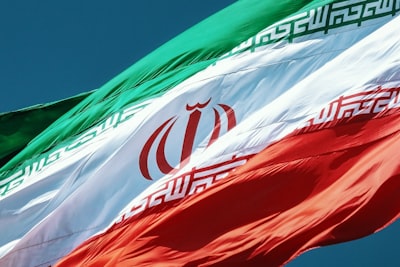Summary
A senior Israeli official has revealed that Iran may still be able to access some enriched uranium buried at Isfahan, one of the three Iranian nuclear facilities struck by the US last month during "Operation Midnight Hammer." While US President Donald Trump and his administration claim these strikes "obliterated" Iran's nuclear program, intelligence agencies and international observers have been more measured. Reports from the Defense Intelligence Agency and statements from the International Atomic Energy Agency (IAEA) suggest the damage, though severe, may not be total. Iranian President Mahmoud Pezeshkian admitted the facilities were “severely damaged,” making accurate assessment difficult, but some traces of capability remain.
Analysis
The narrative emerging from US political leaders—particularly President Trump—emphasizes total destruction and a world made safer by military force. However, the more cautious tone of US intelligence assessments and international nuclear watchdogs reveals a nuanced reality: while the strikes inflicted serious harm on Iran’s nuclear infrastructure, substantive uncertainties remain about the completeness and durability of the setback.
This discrepancy is not merely about technical detail; it has political and strategic significance. Overstating the impact of the operation may serve immediate political objectives—projecting strength, deterring adversaries, and rallying international support. Yet, it also risks misinforming policymakers and the public, potentially leading to complacency or miscalculation.
The Israeli perspective, as expressed anonymously, is pragmatic: any Iranian attempt to recover enriched uranium would likely be detected and could provoke renewed strikes, implying a game of strategic signaling and deterrence continues. At the same time, both sides—the US/Israel and Iran—appear invested in crafting their own narratives for domestic and international audiences. Iran, for its part, simultaneously decries the damage and denies any ambitions to develop nuclear weapons, while blaming external aggression for its predicament.
Discussion
The episode highlights key dilemmas in contemporary security policy: how to balance force with diplomacy, tactic with strategy, rhetoric with reality. Military actions against nuclear facilities are always fraught with uncertainty—not only regarding the immediate damage, but also the long-term effects on proliferation risks, regional stability, and global nonproliferation norms.
There is, of course, a longer history here. Israel has previously targeted nuclear sites in the region (Iraq, Syria), and the US has long made clear its willingness to use force to prevent nuclear breakout. Yet, time and again, such strikes have not resolved the fundamental geopolitical tensions underlying nuclear pursuits. Instead, they often lead to cycles of reconstruction, concealed advancement, or new forms of regional brinkmanship.
Some critical questions arise: Are airstrikes a sustainable answer to complex proliferation challenges? Might they actually accelerate clandestine efforts, making the problem less visible but more intractable? How do different narratives—of total destruction versus lingering risk—shape not just policy outcomes, but also the prospects for dialogue/de-escalation?
Ultimately, the story is not just about technical successes or failures, but about the interplay of politics, perception, and power. As new intelligence emerges and all sides adapt, the challenge of finding a durable, peaceful resolution to the Iranian nuclear issue—balancing security, sovereignty, and global norms—will remain as urgent as ever.

Comments
No comments yet. Be the first to comment!